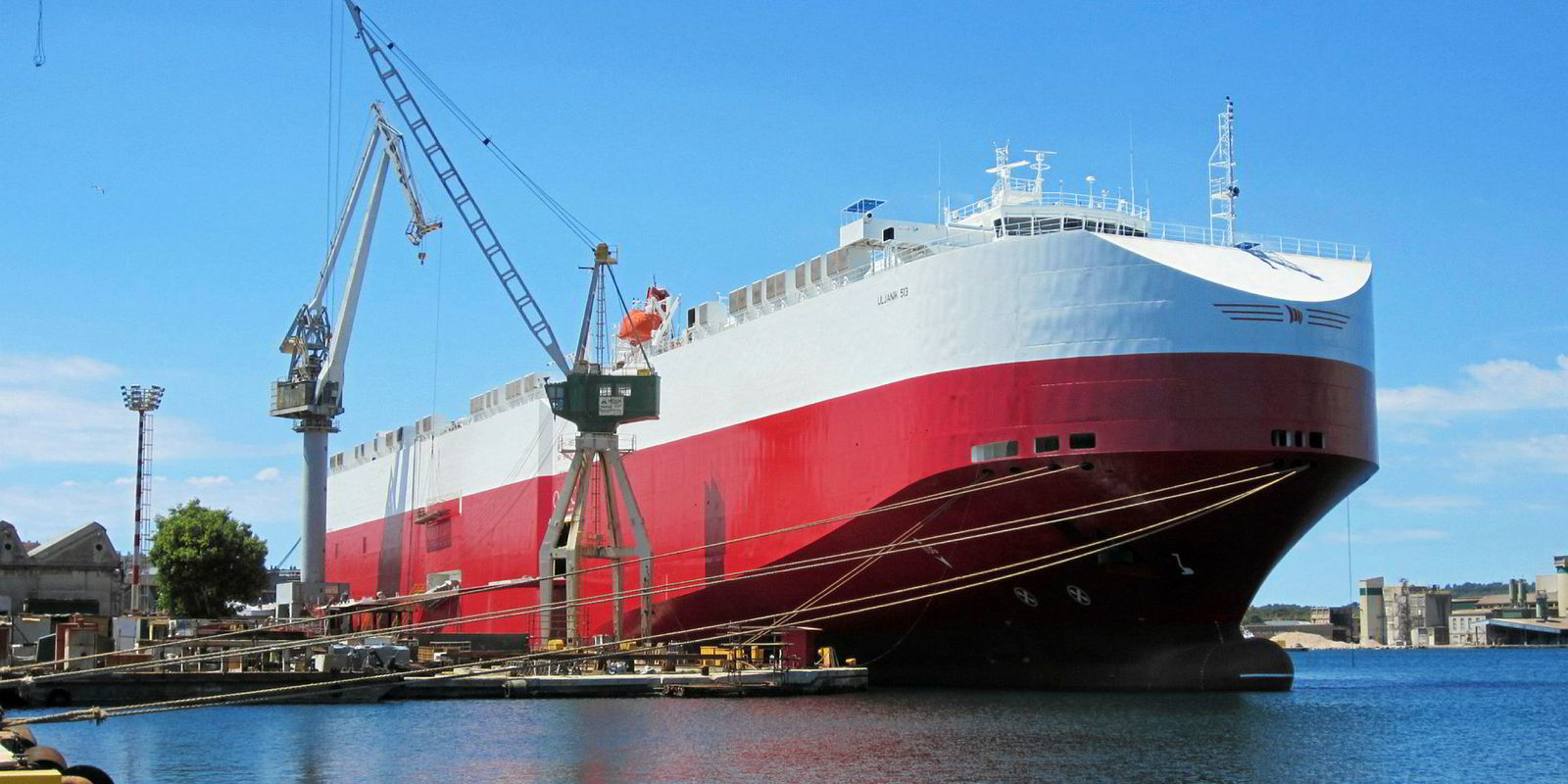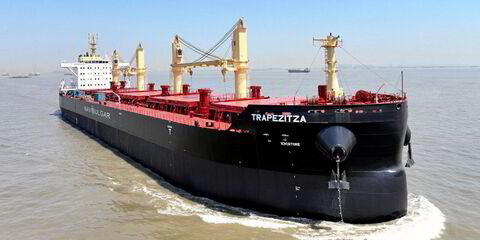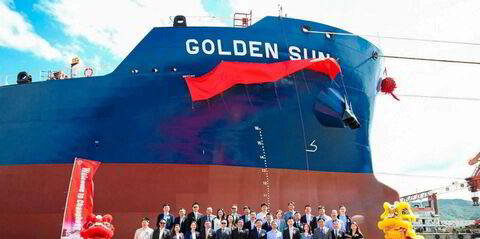Frank Roland of the Center of Maritime Technologies (CMT) in Hamburg rejects the argument that shipping is conservative and slow to adapt.
The fact is that testing times are longer because vessels are expected to last for around 30 years and operate in extreme seas and weather conditions, he says.
Composite materials have been used in pleasure craft for 50 years, providing plenty of feedback on behaviour in seawater, adds Stephane Paboeuf of Bureau Veritas. However, further investigation is needed, especially into the effect on resins, as they are organic.
Accelerated ageing methodology has been developed to evaluate properties over 20-year to 30-year periods. Experts recognise that ageing of the adhesive materials could be an issue.
Manufacturers have already developed new formulas to increase mechanical properties to limit degradation by seawater, Paboeuf says.
Det Norske Veritas, which has since become part of DNV GL, led the European BONDSHIP project, which produced the first comprehensive guidelines for adhesive-bonded joints in ships.
Bonding steel to steel does not make much sense but the introduction of new materials means greater use of adhesive bonding, albeit taking into consideration potential fire risks.
Roland says upcoming technologies such as 3D printing will “open doors to completely new designs”. The use of 3D printing features among the 13 programmes of the Realization and Demonstration of Advanced Material Solutions for Sustainable and Efficient Ships (RAMSSES) project, including potential for rudders and propellers.
Composites are already available for propellers, increasing efficiency while reducing underwater noise, as well as for patch repairs.
“In the end, the market decides and the market will call for solutions which are simple, not too risky, and which earn money,” Roland says.
As well as repairing steel, composites can be used to improve the fatigue properties of welds.
In future years, it is hoped there will be prescriptive rules to make things easier for such materials to be adopted. For the time being, Roland says safety testing remains paramount.
He adds that innovative materials will be required for storing new fuels, such as methanol, while more thought is going into how weight saved by using composites can benefit vessel designs.
A rough calculation some time ago indicated a one kg reduction in weight equates to a fuel saving of one kg per year.
"But that is certainly not the only argument for using composites,” Roland says.








